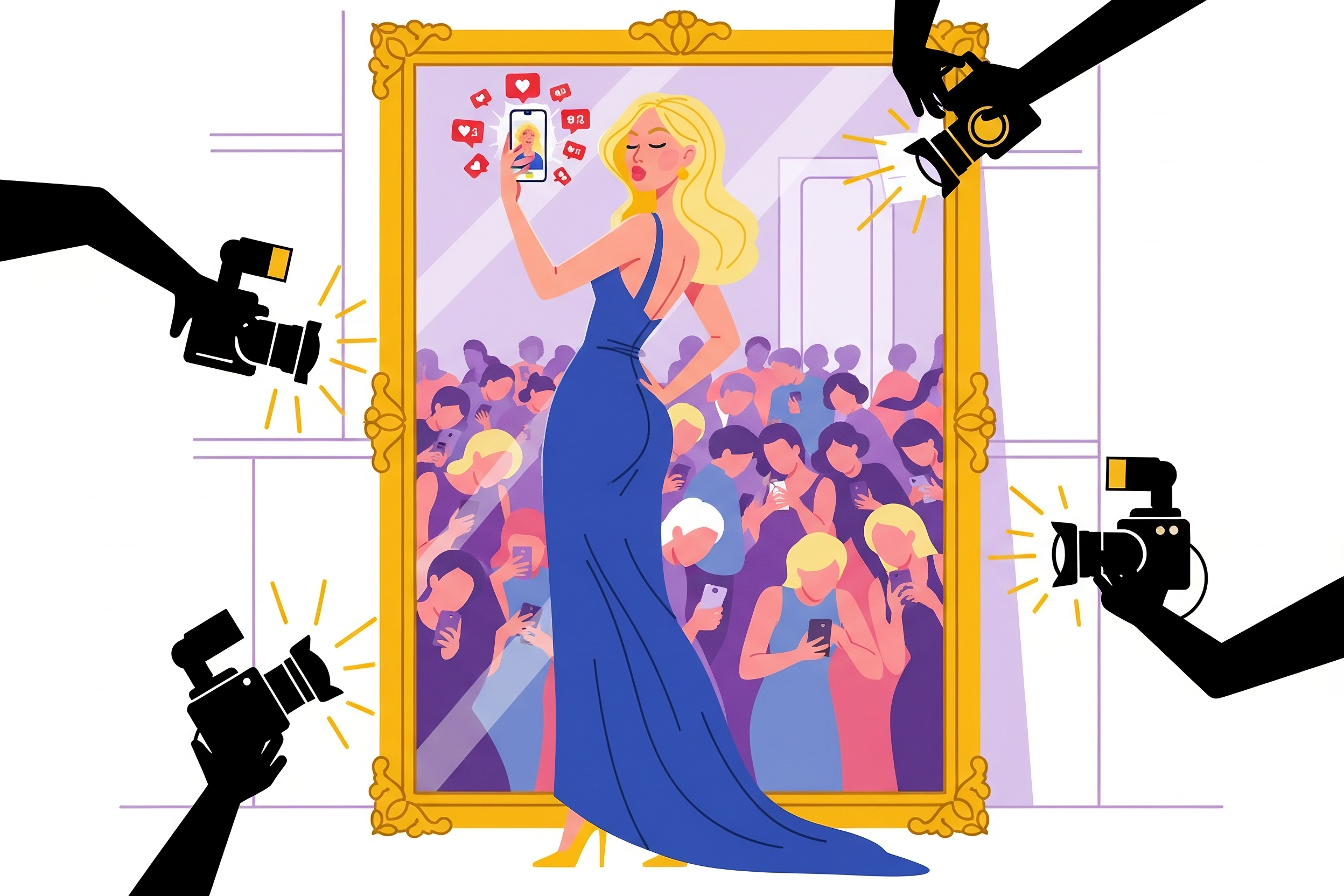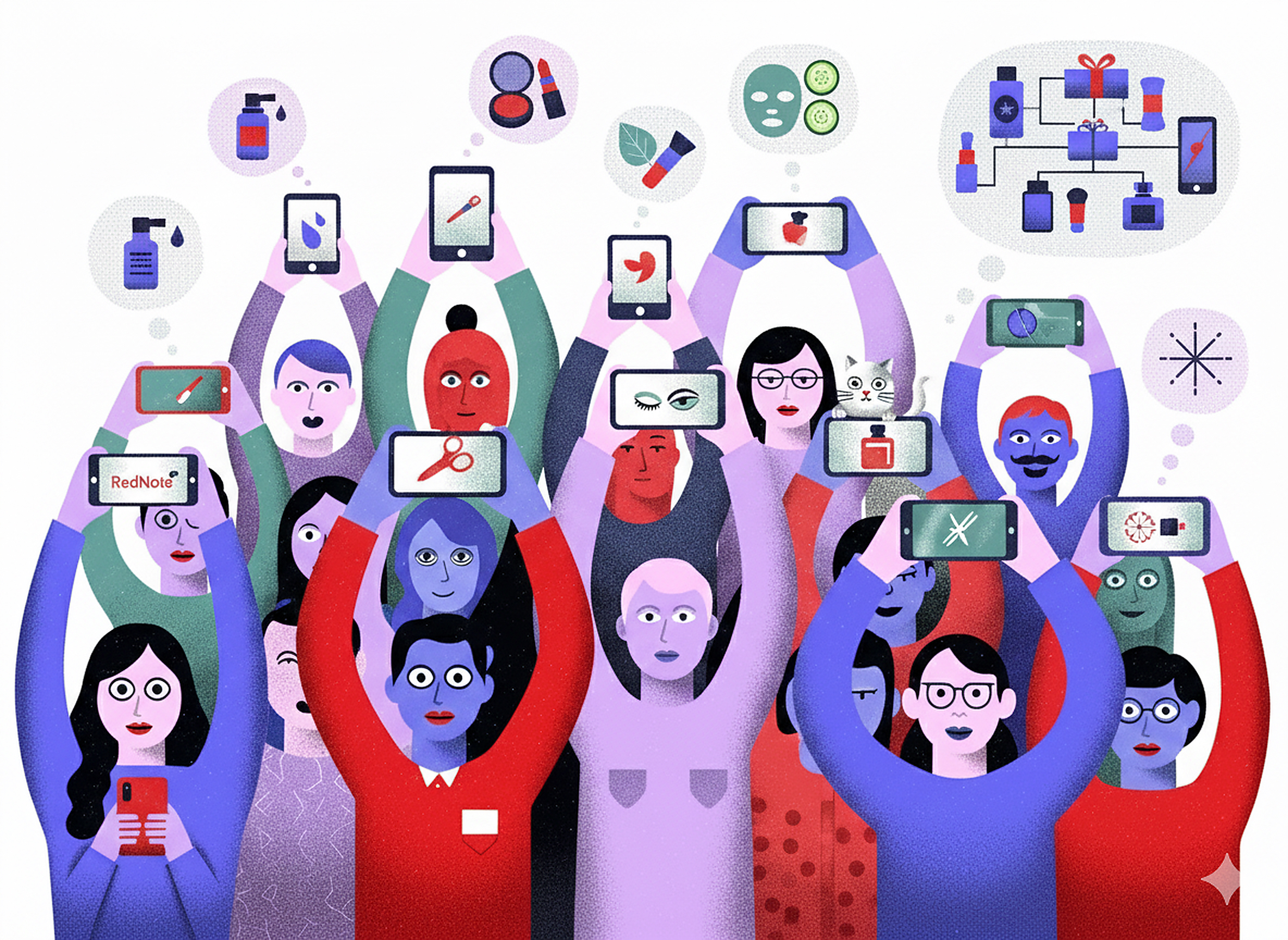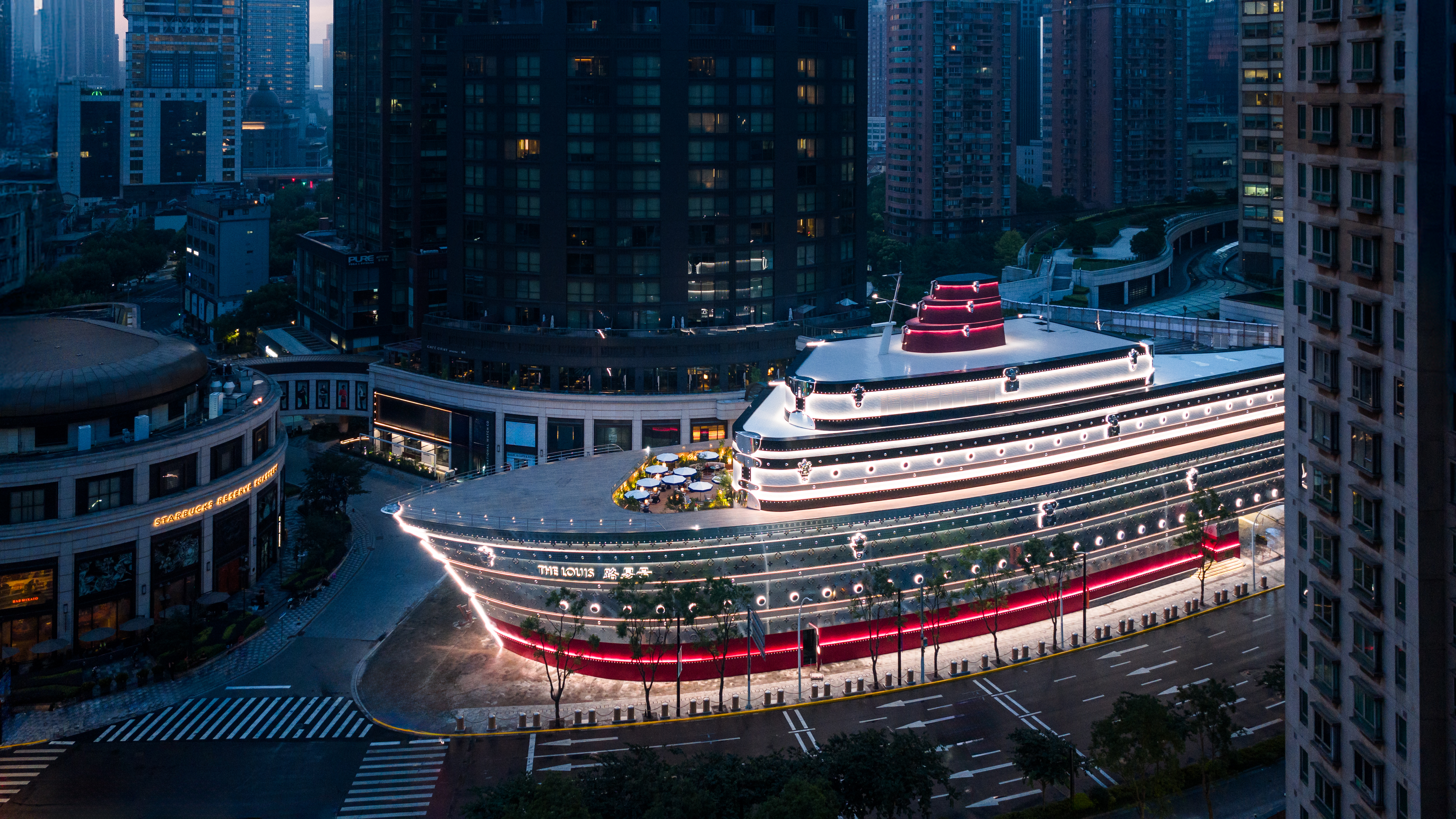New digital developments promise to radically enhance the consumer in-store experience

New digital developments promise to radically enhance the consumer in-store experience
In each new launched luxury shop, especially in fashion, a specific identity has been developed, dedicated and built. First, to remain coherent with the brand’s spirit and second, to give each new store its own specificity. What about the room on the back, this place where all the buying process takes place in customer’s mind, the fitting room?
At the age of a current digital revolution, many ideas come up when it has to do with retail in fitting rooms. I have heard about this still developing process, described in both videos, that allows displaying a fake decor and changing it instantly at will.
What about applying this technology in luxury fashion fitting rooms where the customers would then be able to adapt the atmosphere of the place to the clothes they are trying. You could, for example, imagine yourself at a formal reception, in a meeting, on the street, at a party, at home, even playing golf or somewhere on the beach and look at yourself to see how it fits you. The idea is to transport the customer wherever he wants to have a precise idea of how it would fit on this specific environment, just like testing your clothes outside the shop, before buying them and even without moving from where you stand.









